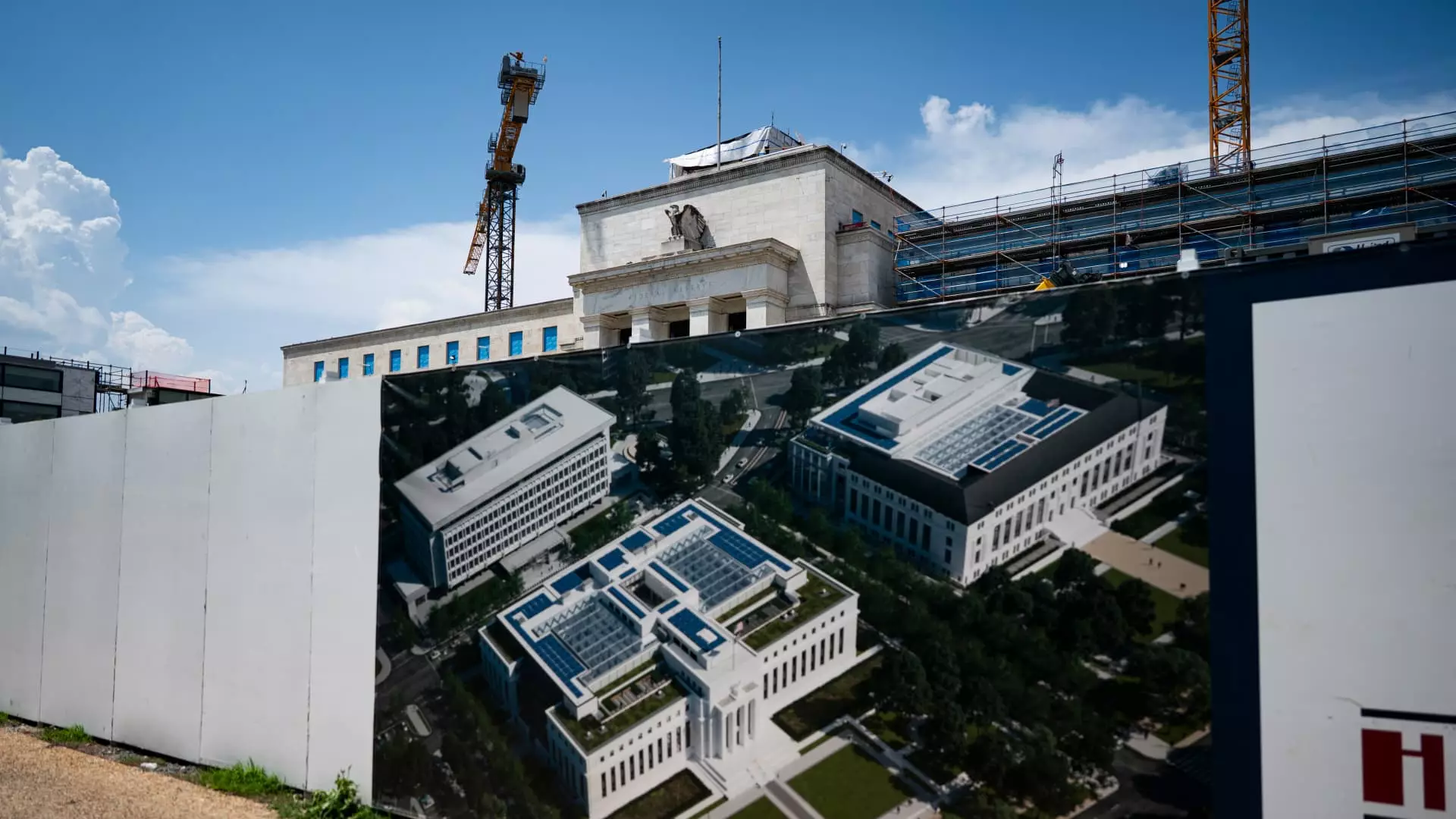The recent controversy surrounding the Federal Reserve’s building expansion project exposes more than just financial mismanagement; it underscores a deeper issue of transparency and oversight within one of the most influential institutions in the U.S. economy. Though the Fed considers this upgrade necessary to maintain safety standards and address structural deficiencies, the mounting criticism signals a disconnect between federal agencies and the public’s expectations of prudent governance. The escalation to involve the inspector general reflects the gravity of concerns about fiscal responsibility, especially given the project’s ballooning costs and political backlash from officials with a vested interest in scrutinizing government spending.
The Cost Overruns and Political Fallout
Originally budgeted at approximately $2.5 billion, the project has faced unexpected expenses, leading critics to question whether those costs are justified. President Donald Trump and other administration officials have lambasted what they perceive as “fundamental mismanagement” that borders on fiscal recklessness. These accusations cast a shadow over the Fed’s traditionally independent status, raising alarms about the potential for unchecked excess within powerful financial institutions. The scale of the project—entwined with the nation’s financial stability—demands a level of transparency that many believe has been overlooked amid the increasing costs and under-the-radar decision-making processes.
The Role of Oversight and Accountability
Historically, the Federal Reserve operates outside traditional congressional oversight to an extent, especially since it’s not funded directly by taxpayers. However, this independence does not equate to immunity from scrutiny. The involvement of the Fed’s inspector general is a corrective step, aimed at rooting out any waste or abuse. It also symbolizes the necessity for internal checks in government-adjacent entities that wield significant influence over national economic policy. Critics argue that this episode highlights the potential dangers when major projects are approved without sufficient external oversight, particularly when public funds or resources are involved, even indirectly.
Balancing Safety and Transparency
The Fed emphasizes that the building upgrades are essential for safety and compliance—removing hazardous materials and bringing facilities up to code. While these motivations are legitimate, it’s hard to ignore the perception that costs have spiraled out of control, fueling distrust. Transparency about why costs increased—whether due to market fluctuations, design modifications, or safety upgrades—is essential to restoring public faith. The brief published explanations serve as a start, but skepticism remains widespread, especially given the broader climate of political polarization regarding fiscal management.
The Bigger Picture: Institutions Under Scrutiny
This incident signifies more than a single project gone awry; it’s indicative of a larger societal demand for accountability among powerful institutions. When such agencies embark on expensive projects under minimal external oversight, it invites questions about motives and priorities. The public’s patience is dwindling, and rightfully so, as it seeks assurance that taxpayer and government resources aren’t squandered for vanity projects or misjudged priorities. The Fed’s current situation underscores just how fragile trust can be when transparency is compromised, and it invites a larger conversation about defining oversight standards that keep even the most autonomous organizations in check.
Unquestionably, this episode will serve as a case study in governance debates—prompting reforms, tighter controls, and perhaps a reevaluation of the true extent of independence that agencies like the Fed should hold in a democratic society.

